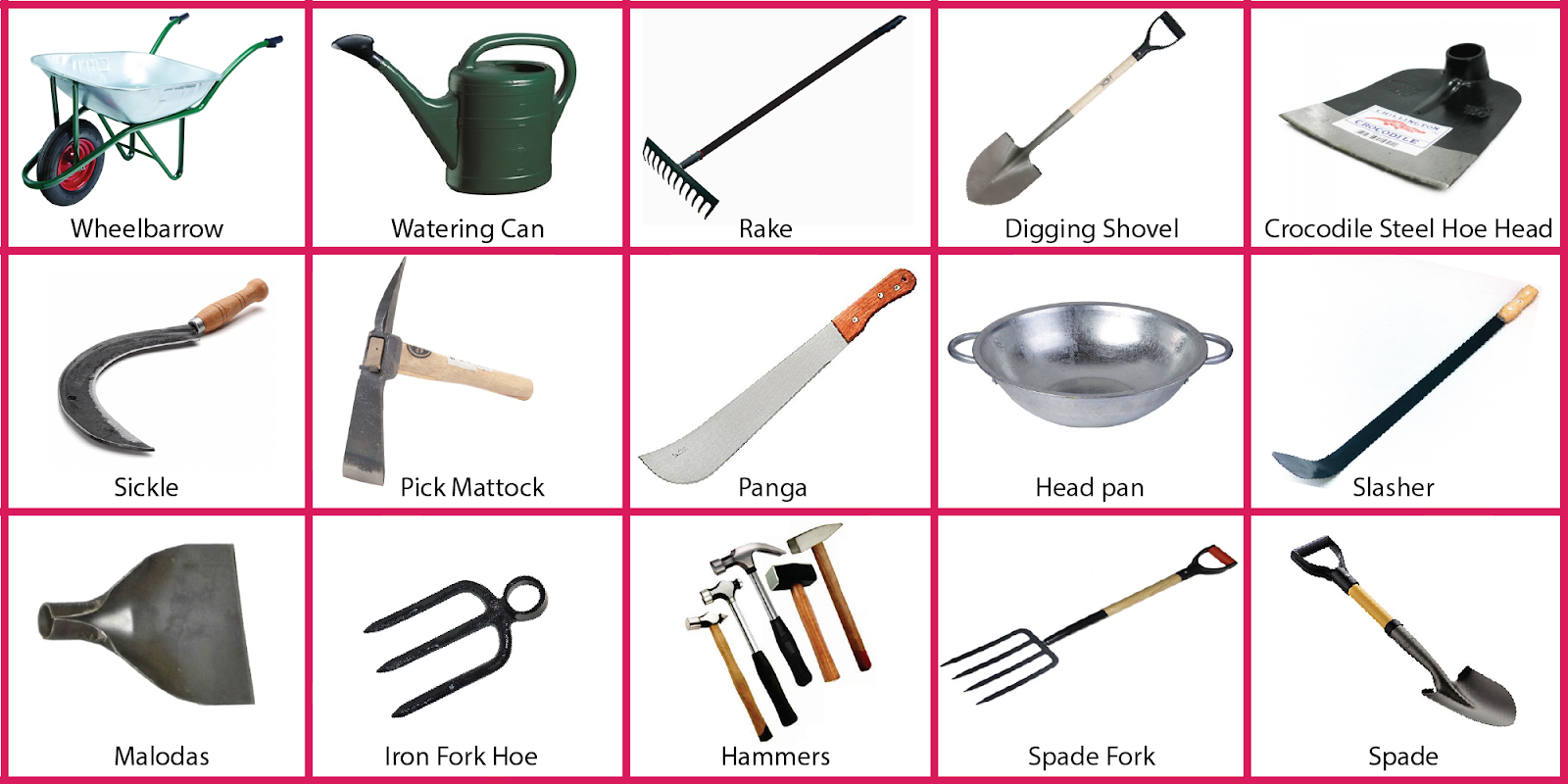Farming has been an essential part of human civilization for thousands of years, and over time, various tools have been developed to make the process more efficient and productive. The advent of different farming tools has revolutionized agriculture, allowing farmers to cultivate larger areas, manage crops more effectively, and ultimately yield higher produce. Understanding the tools available and their specific uses can greatly enhance farming practices, leading to better outcomes for farmers and consumers alike.
In this article, we will delve into the different farming tools available today, exploring their functionalities and importance in the agricultural sector. Whether you are a seasoned farmer or a gardening enthusiast, knowing the right tools and their applications can make a significant difference in your farming experience. Join us as we navigate through the various categories of farming tools, their uses, and how they contribute to modern agriculture.
From hand-held implements to advanced machinery, the landscape of farming tools is vast and varied. As we explore the different farming tools, we will also touch upon the historical evolution of these tools, their impact on farming practices, and what innovations lie ahead in the agricultural world. Let’s embark on this journey to discover the essential tools that have shaped farming as we know it today.
What Are the Different Categories of Farming Tools?
Farming tools can be broadly categorized into several types based on their application and functionality. Understanding these categories helps farmers select the right tools for their specific needs. Here are the main categories:
- Hand Tools: These are tools that require manual effort and are often used for small-scale farming or gardening.
- Power Tools: These include machinery powered by engines, electricity, or batteries that assist in various farming tasks.
- Field Tools: Specifically designed for working in the fields, these tools help in planting, cultivating, and harvesting crops.
- Garden Tools: These tools are typically smaller and are used for tending to gardens and small plots.
What Are Some Common Hand Tools Used in Farming?
Hand tools are essential for farmers, especially for those who prefer traditional methods or work on smaller plots. Some common hand tools include:
- Shovel: Used for digging and moving soil or other materials.
- Hoe: A versatile tool used for cultivating soil, weeding, and planting.
- Rake: Useful for leveling soil and collecting debris.
- Pruning Shears: Essential for trimming and shaping plants.
How Are Power Tools Transforming Agriculture?
Power tools have revolutionized farming practices by increasing efficiency and reducing labor costs. Here are some examples of power tools commonly used in agriculture:
- Tractors: Used for plowing, tilling, and transporting goods.
- Combine Harvesters: Designed for efficiently harvesting crops.
- Seeders: Machines that automate the process of planting seeds.
- Irrigation Systems: Essential for providing water to crops effectively.
What Field Tools Are Essential for Crop Management?
Field tools play a crucial role in managing crops from planting to harvesting. Some essential field tools include:
- Plows: Used to turn and break up soil before planting.
- Cultivators: Designed to aerate soil and control weeds.
- Harvesters: Equipment used to gather mature crops from the fields.
- Sprayers: Used to apply fertilizers and pesticides uniformly.
Which Garden Tools Are Best for Small-Scale Gardening?
For those engaged in small-scale gardening or urban agriculture, having the right garden tools is paramount. Here are some recommended garden tools:
- Hand Trowel: Perfect for digging small holes and transplanting seedlings.
- Weeder: Helps in removing weeds without disturbing the surrounding soil.
- Garden Fork: Excellent for aerating soil and turning compost.
- Watering Can: Essential for providing water to plants in a controlled manner.
How Do Different Farming Tools Impact Yield and Efficiency?
The selection of appropriate farming tools can significantly impact crop yield and overall efficiency. The right tools help farmers:
- Reduce labor hours and costs.
- Improve soil quality and crop health.
- Enhance precision in planting and harvesting.
- Facilitate better pest and weed control.
Are There Innovations in Farming Tools on the Horizon?
As technology advances, the farming industry continues to innovate with new tools and equipment. Some exciting innovations include:
- Smart Farming Tools: Tools equipped with sensors and AI to analyze soil health and optimize irrigation.
- Robotic Harvesters: Machines that can autonomously harvest crops, reducing labor requirements.
- Vertical Farming Tools: Equipment designed for urban agriculture, maximizing space efficiency.
- Renewable Energy-Powered Tools: Tools that utilize solar or wind energy to operate, promoting sustainability.
Conclusion: The Future of Different Farming Tools
Understanding the different farming tools available and their specific applications is essential for modern agriculture. From hand tools to advanced machinery, each tool plays a vital role in the farming process. As technology continues to evolve, we can expect to see further innovations that will enhance efficiency, sustainability, and productivity in agriculture. By embracing these innovations while also respecting traditional methods, farmers can navigate the challenges of modern farming and continue to feed the growing population.
Tamilblasters New Site Link: Your Guide To The Latest Updates
Unveiling The Enigma Of Subha Shree MMS: A Journey Through Fame
Where Is Actor David Caruso Today? A Look At His Life And Career


